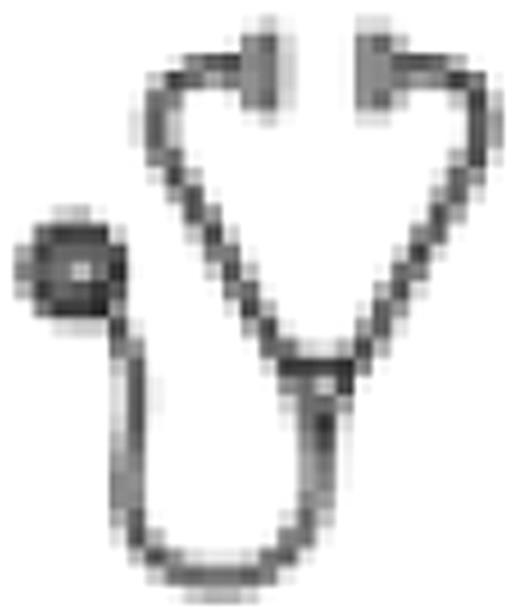Abstract
Abstract 859
This study was addressed to patients with MM who were symptomatic and progressive following at least two cycles of lenalidomide and two cycles of bortezomib (either separately or in combination). Patients must have had at best a stable disease as per IMWG response criteria with the last course of bortezomib and lenalidomide, including refractory pts to bortezomib and lenalidomide (progression on therapy or within 60 days of stopping either regimen). The primary objective was to determine response rate (PR and better) to pomalidomide and dexamethasone using IMWG response criteria. The secondary objectives were to separately determine the response and safety profiles in the 2 dose-regimen modalities of pomalidomide. The time to response, response duration, time to disease progression and overall survival in both arms with regards to cytogenetic of the bone marrow tumour plasma cells were collected. The response and FISH cytogenetic analysis were assessed centrally in Lille and Nantes, France. Pomalidomide was given orally either 4 mg daily on days 1–21 of each 28-days (arm A) or continuously on days 1–28 of each 28-days (arm B). Dexamethasone was given orally at 40 mg daily on days 1, 8, 15 and 22 of each cycle to all patients. All patients received prophylaxis against venous thromboembolism. A first safety analysis was planned when 6 patients were treated within each arm, and the DMC declared both 2 arms safe for further enrolment. A second analysis was planned when 17 patients were randomized to each arm, and the 2 arms were declared promising as we observed at least 4 responses per arm based on a two stage Simon design with comparable incidence of serious adverse events between the 2 arms.
Eighty three patients (56 male and 27 female) were enrolled between August first and June first, 43 in arm A and 40 in arm B, respectively. The median age was 54 years (range, 36–78). The median time from diagnosis to enrolment was 55 months (range 11–227) in arm A and 76 (30-281) in arm B. All patients had loss of 17p and t(4;14) cytogenetic abnormalities studied on bone marrow plasma cells. As of August first, the median follow-up was 119 days. The median number of cycles administered was 4 in either arm. Overall, 40 and 36 patients were evaluable for response evaluation in arm A and B, respectively. In arm A, 12 (30%) patients had PR and better, including 3 VGPR, and 21 (52%) had stable disease. In arm B, 17 (47%) patients had PR and better, including 1 VGPR, and 15 (41%) had stable disease. The median duration of response was 77 and 89 days in arm A and B, respectively. Twenty three (57%) and 22 (61%) patients remained progression free, and 5 patients have died in either arm, respectively. Toxicity (at least possibly related to treatment) consisted primarily of myelosuppression in both arms. The occurrence of neuropathy was not observed nor worsening of pre-existing neuropathy. No thromboembolic events have occurred.
Pomalidomide and dexamethasone is active and well tolerated in this heavily pre-treated population of lenalidomide and bortezomib-refractory MM patients. This study provides further evidence that pomalidomide has no-cross resistance with lenalidomide and suggests that it can provide benefit for patients who have relapsed after other novel therapies. Updated results will be provided at ASH 2010.
Leleu:Celgene: Consultancy, Research Funding; Janssen Cilag: Consultancy, Research Funding; Leo Pharma: Consultancy; Amgen: Consultancy; Chugai: Research Funding; Roche: Consultancy, Research Funding; Novartis: Consultancy, Research Funding. Attal:celgene: Consultancy, Research Funding; johnson and johnson: Consultancy, Research Funding. Facon:celgene: Consultancy, Research Funding; johnson and johnson: Consultancy.

This icon denotes an abstract that is clinically relevant.
Author notes
Asterisk with author names denotes non-ASH members.

